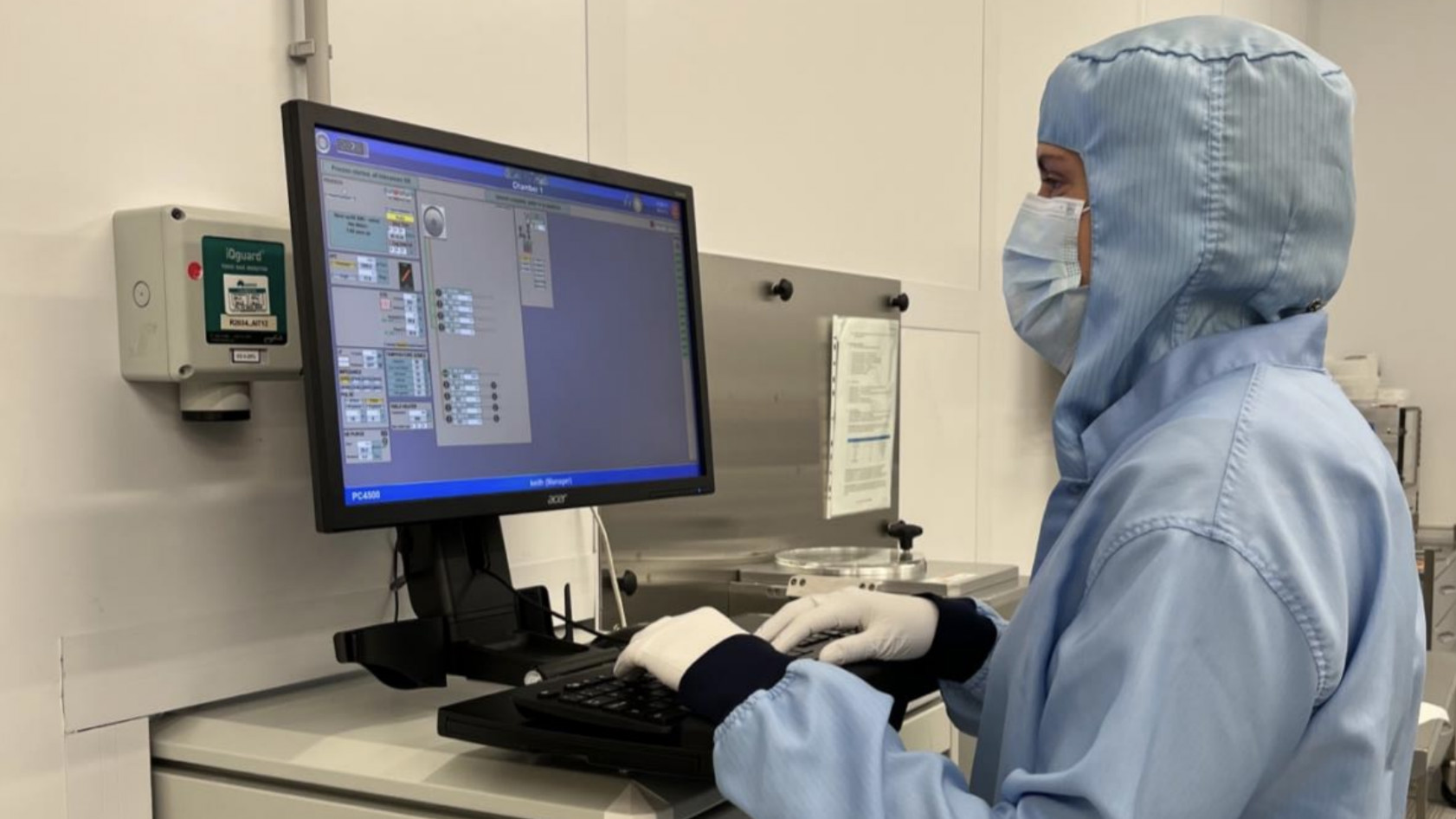Archer Materials’ 12CQ chip breakthrough positions it at forefront of quantum computing revolution

AXE has achieved a major milestone in its qubit development. Pic:Getty Images
- Archer Materials engineers its qubit material to mimic a high-vacuum environment
- CEO Dr Mohammad Choucair said AXE has achieved a major milestone in its qubit development
- Potential for tech translation to industrially scale Archer’s 12CQ qubit chip architecture
With the race on to build the first error-corrected quantum computer, the ASX’s only stock working on the ground-breaking tech – Archer Materials (ASX:AXE) – rose 5% yesterday after announcing a significant developmental milestone.
For background, AXE is focused on progressing its 12CQ (pronounced 1-2-C-Q like R2D2 in Star Wars) quantum computing qubit process chip, which could potentially enable mobile quantum computing devices.
In its latest milestone AXE has engineered its qubit material to mimic a high-vacuum environment, preserving quantum functionality at room temperature in air.
The development builds on AXE recently optimising the room-temperature functionality of its qubit material.
Until now, AXE said there was a need for a vacuum or inert atmosphere when operating the qubit material to preserve viable quantum coherence times.
What is Quantum coherence?
Quantum computing, a fundamentally different approach to computing that relies on the principles of quantum mechanics, is forecast to bring significant changes to the world.
AXE said quantum coherence is the fundamental requirement for quantum logic operations that are the basis of any quantum computing qubit processor hardware.
For potential integration and use of qubit materials in practical chip devices, AXE said it is significant to demonstrate and validate robustness at room temperature and under atmospheric environments.
Earlier this year, AXE announced it was working towards a potential breakthrough in the semiconductor foundry packaging of the 12CQ chip architecture. Note: A foundry is where they make semiconductor chips.
As part of that work, AXE’s nanodevice engineers have progressed development of a method to encapsulate its qubit material.
The encapsulation approach involves coating the qubit material with a nanometre-thin protective layer, mimicking an artificial vacuum and enabling it to function under ambient conditions.
The approach used techniques commonly found in foundries, making it easier to scale the technology.
Significant achievement
CEO Dr Mohammad Choucair told Stockhead that for the first time the AXE team has preserved functioning of the qubit materials under normal conditions.
Importantly, he said the quantum coherence times are enough for operating quantum logic calculations.
Regarding the context of qubit processor development, Choucair said that applying foundry-compatible processes to readily handle and process qubit material while preserving quantum coherence is significant.
“It’s significant because it has the potential to be scaled to foundries around the world,” he noted.
The AXE team was able to grow protective atoms layer by layer on this qubit material, which is made from carbon, to achieve the outcome, Choucair added.
“Our qubit material is just made up of carbon nothing fancy but it still works to preserve the quantum states under normal conditions in which you would handle most other materials,” he said.

Making qubit materials more accessible
AXE has achieved a major milestone in its qubit development, which shows the strength of its strategy to be an enabler for the quantum computing sector.
Choucair said the firm’s innovations make qubit materials potentially more accessible and easily embedded in modern-day semiconductor fabrication processes for quantum logic device manufacture.
“Archer has now demonstrated its qubit materials’ quantum coherence times observed at room temperature can be achieved under normal conditions, in air,” he said.
“This means the approach has the potential for technology translation to industrially scale Archer’s 12CQ qubit chip architecture.
“It is remarkable that Archer’s carbon qubit material is so readily produced yet remains robust post-processing to generate the fragile quantum states for the long-enough periods of time needed for quantum logic operations in the qubit devices we are developing.”
Choucair said AXE continues to move closer to making quantum processing devices in a much more easily produced reality in everyday electronics with this latest milestone.
The AXE share price today:
Now read: How Australia is at the forefront of multi-billion dollar quantum computing revolution
UNLOCK INSIGHTS
Discover the untold stories of emerging ASX stocks.
Daily news and expert analysis, it's free to subscribe.
By proceeding, you confirm you understand that we handle personal information in accordance with our Privacy Policy.







